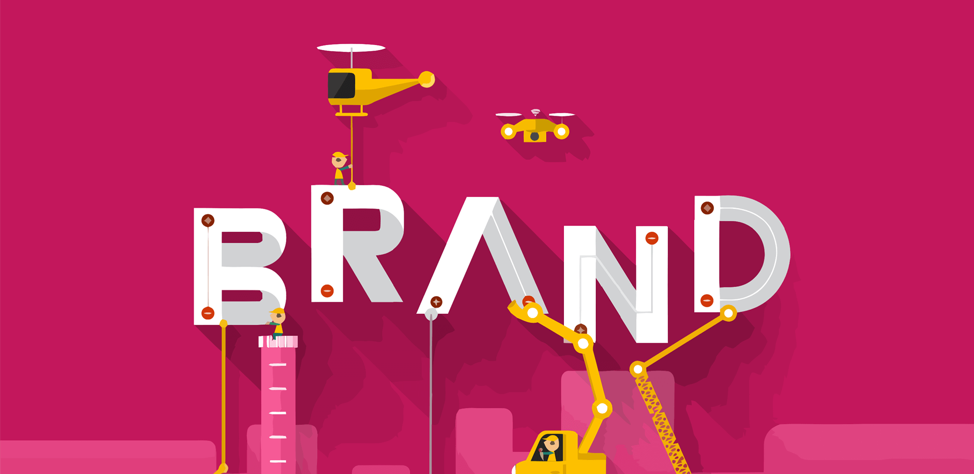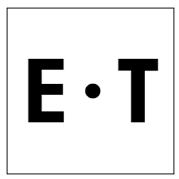When attempting to create a flourishing marketplace, you face a broader challenge than that of an e-commerce company. Instead of primarily needing to convince customers to buy your products, you must convince not only buyers but also sellers to use your platform - something much easier said than done. After all, there can easily be a conflict between the two groups.
Build your online marketplace today!
Benefit from a 7-day free trial, with no obligation or payment card

Image credit: Limelight Leads
Ideally, of course, you'd raise the value of your marketplace to the point of it being considered the clear option for buyers and sellers alike... but how do you add value? Well, for a start, your branding will play a huge role in how your marketplace is perceived. Establishing a strong brand image will greatly improve the trust people have in your system.
In this piece, we're going to cover some handy ways in which you can use branding elements to majorly add to the value of your marketplace. Let's get started.
Use consistent styling to earn trust
In the e-commerce world, people welcome consistency. Since the process of buying or selling online invites numerous dangers (buyers don't often get to see products first-hand, sellers can't be certain about the reliability of buyers, and both parties risk their financial information), they'd much rather use a stable and trustworthy site than one that's unpredictable.
And while you can only truly demonstrate your system's reliability through extended use, you can ensure an associated familiarity by implementing excellent design consistency. Your marketplace should have a set color palette, preferred fonts, a defined logo, and a range of supported shapes and layouts that are at least complementary.
Imagine that someone who has used your marketplace before clicks a link to view an offer to buy or sell a particular product or service on your site. When they reach the page, they should quickly realize what site they’re on, being able to infer it from the colors and the fonts and the general layout. That consistency will give them confidence in using your marketplace in the future, making it more valuable to them and improving customer retention.
To ensure that you stay on track with your styling, create a comprehensive set of brand guidelines encompassing all the mentioned elements along with any others you think are worthwhile — you might want to emphasize curved shapes over angular shapes, for instance. You can then follow the guidelines whenever you produce content to keep everything moving in the same direction.
Communicate your strengths
There’s an excellent chance that you had a unique reason for creating your marketplace — that you saw a gap in the market for something new and different. If so, you need to be pushing that niche purpose as a reason for people to use your marketplace, and the best way to do that is through your visuals and your copy.
For example, Etsy has “Shop for anything from creative people anywhere” in its homepage title, then features this content on the page itself:

Image credit: Etsy
We can quickly glean some very important things about Etsy from all of this:
- It can securely provide almost any kind of product in almost any location.
- Its items are unique, from creative and passionate creators.
For anyone totally unfamiliar with Etsy, this is very important information. Someone uncertain if they could sell a certain type of product or yet to decide whether the marketplace could be a creative fit for them would be quickly reassured.
At a minimum, think about the following factors that go into your communicative style:
- The imagery you show. Do the photos and/or illustrations you provide on your marketplace give an accurate idea of its overall purpose? Do they follow a specific pattern, or are they quite inconsistent? Great images can enhance a browsing experience and demonstrate good taste, so don’t offer low-resolution placeholders.
- The language you use. Is your marketplace formal or informal? Upmarket or down-to-earth? What kind of audience are you talking to? The language should reflect the intended marketplace activity — a marketplace for children’s toys, for instance, should have fairly simple and enthusiastic copy, while a marketplace for expensive furniture would call for much more ornate and sophisticated phrasing.
The style you use should carry across to any social media activity you engage in, any announcements you make, and any support services you provide. Your customers (buyers or sellers) should always know that they’re dealing with you by the branded tone you maintain.
Provide useful guides and resources
The biggest companies commit huge sums of money to content marketing because they understand the value inherent in a company being considered an authority on a relevant topic. Flesh out your marketplace with helpful how-to guides for sellers and buyers and you’ll immediately make it more valuable as an overall package and prove to prospective users that you have expertise in the area.
Furthermore, since branding is all about association, consistently producing high-quality resources with clear branding will eventually lead people to assume that anything from the brand responsible must be similarly valuable. If you ever wanted to create a second marketplace, or dip a toe in the conventional e-commerce ocean as a side project, you would be able to feed off the value already attached to your overall brand.
One of the best companies in the broader e-commerce field for investing in this kind of broad value provision is Shopify — on top of its well-supported e-commerce site designer, it maintains a regularly-updated blog and everything from a set of guides to a business encyclopedia. Every individual element plays into the overall Shopify brand, further solidifying it as an industry fixture, which is exactly what an online company should aspire to.
To quickly recap, here’s how you can use branding to add value to your marketplace:
- Use consistent styling to forge trust and positive associations.
- Effectively communicate your marketplace’s unique strengths.
- Provide high-quality resources to help the users succeed.
If you can achieve all of the above, you can greatly increase how highly people value your marketplace, making it a much more likely destination for discerning buyers and sellers in your field.

